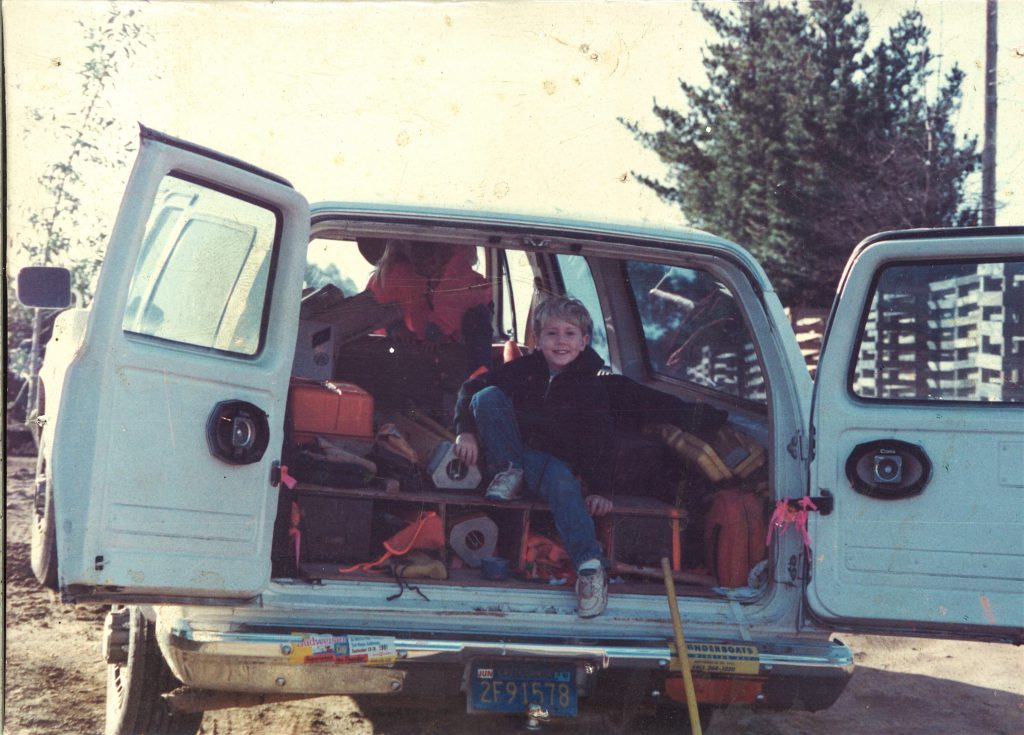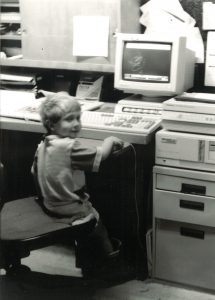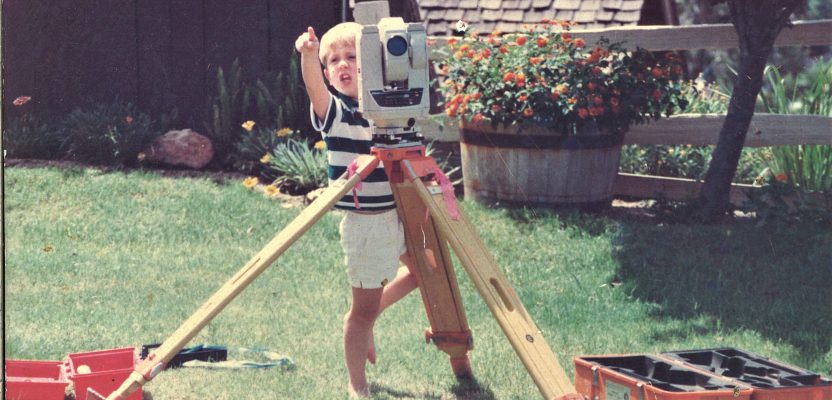xyHt has featured many articles about mentors and mentoring before now! But—
Why do we need mentors?
It is definitely not because some third party randomly mandates it. Mentors and mentoring are a practical need for companies and for employees.
Most often when I hear the topic of mentoring come up, it’s from employers who question why it isn’t happening or how they can create business models that are able to foster it. In the survey industry this becomes a challenge, as the work we provide at scale is often cost-driven by the client side, which emphasizes productivity. And most people who have been fortunate to have mentors know that two people performing one task that could be done instead by only one person is not immediately productive or efficient.
Therein lies the challenge to future surveyors. One-person crews are mostly useless in terms of mentorships; two-person crews are far better given that there is time allotted for people to work together and examine unique issues as they arise. And yet the business trend is for one-person crews.
Leveraging today’s technology only increases this effect. As companies use more technology to make up for a diminishing skilled workforce, they are preventing new staff from entering the profession.
Mentoring in the Field
When I was young, my father often took me to work with him and his chainmen. There would be days I would spend at the instrument turning angles, filling out cut sheets, doing basic note-taking, or simply just standing there listening.
 He was my first mentor, and his method was a simple two-part method. First, he kept his expectations high. Nothing was ever too difficult—I could chisel through asphalt as well as anyone. Second, he talked through every move out loud. To this day I still know the TDS cogo commands for the HP48.
He was my first mentor, and his method was a simple two-part method. First, he kept his expectations high. Nothing was ever too difficult—I could chisel through asphalt as well as anyone. Second, he talked through every move out loud. To this day I still know the TDS cogo commands for the HP48.
Although neither of these techniques is monumental, they prove that it takes two people (at least) to make a good mentorship work.
How do we do that in today’s workforce and business model?
The union model of “apprenticeship/journeyman” does a portion of this quite well. It pairs two people who are ready and willing to work together and gives them goals to work towards.
However, as soon as some people graduate though the apprenticeship program, they feel that they have learned the trade and are now able to continue their career at that level—until some outside force initiates new training (i.e. a new type of scanning system). You are never done learning, though.
The same could apply to the journeymen providing the mentorship: once we learn a way to do something, it takes a lot to realize that that is not the only way.
Mentoring in the Office
Cross training field and office staff is challenging. Non-union companies have more creative ability in this manner; however, they face the obstacles of a lack of forced incentive and the bargaining abilities of their counterparts.
 In all types of surveying companies, migrating staff from one role to another helps broaden peoples’ knowledge base and could help people grow in a more self-directed manner, but that option is often not available.
In all types of surveying companies, migrating staff from one role to another helps broaden peoples’ knowledge base and could help people grow in a more self-directed manner, but that option is often not available.
On its face you might think that office staff would have an easier time finding mentorship as there are available people at different levels and with different skill sets. While that may be true, mentoring is considered inefficient in the office, just like in the field. Status meetings, project status reports, SCRUM meetings, and so on are the more-acceptable ways to spend time during the day from a business-operations standpoint.
What about mentoring sessions, team building, or other “soft skills” meetings? While these are valuable, soft skills are often reserved for after work hours, as they do not carry the immediate financial responsibilities of the other types of meetings. So, they are deemed less important right out of the gate. Staff and others pick up on this sentiment and treat it as less important, and that’s the mentality that just cycles the drain until this priority disappears entirely.
Solutions at Work
If you’re not finding the training or support you desire immediately in front of you, try to correct that. Have the discussion with others around you, talk plainly with your supervisors or others in different positions, and find out if there are common threads that can be established. Help guide the company to solve those deficiencies.
Solutions within Yourself
My greatest mentors have always had one trait that sparked my interest, and that was the “Why not?” mentality. That phrase ignited something within me, shaping how I approach challenges. When something was being told to me, I always kept that “Why not?” phrase in the back of my mind. Asking that question helps me back-check what I am doing and consider the reasoning behind it.
This is a major aspect of my personal and professional life, and it came from having mentors. A person cannot and should not put the sole responsibility of mentorship on their employer; it is something that you need to value and seek out for yourself as it’s a part of a lifelong process that will shape your life.
Prioritize finding people who are engaging, find ways to take responsibility for this, and most importantly find ways to be there for others. Become active in your local land survey community, NSPS, or other professional groups; ask questions, and offer up opinions. Anyone can point out what’s wrong and walk away, but it takes a lot more to stick around and find the solution.
At the core of any good mentorship is unfiltered communication, and you must be able to both take and receive harsh truths. Growth comes from those conversations, on both sides.
Online, for example, Instagram now has pages for Young Surveyors, Geospatial Engineers, Boundary Hunters, and Tech Enthusiasts. Reddit also has very large groups dedicated to the land surveying/geospatial engineering professions, all offering support and an outlet for unfiltered conversation.

